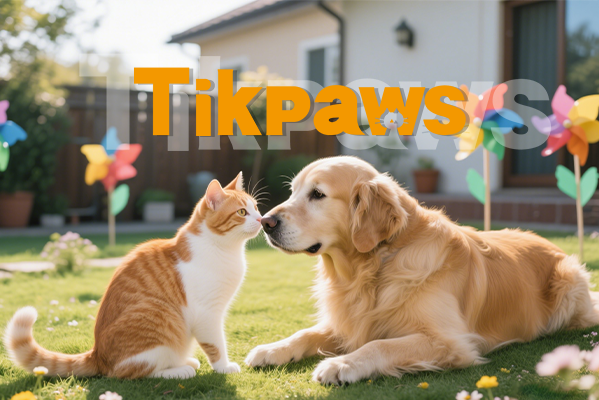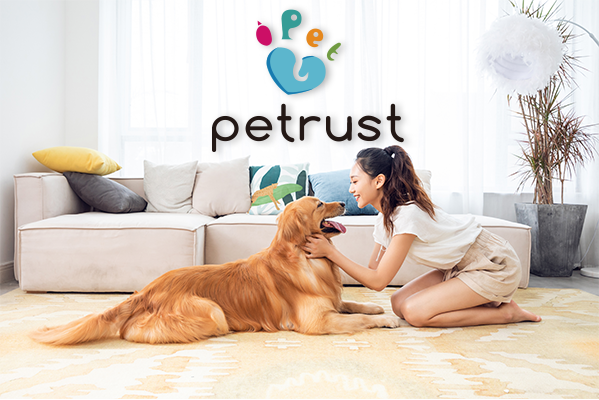Pet ownership in the United States has reached an all-time high in 2025, reflecting Americans’ growing emotional bond with their companion animals. According to the latest data from the American Pet Products Association, around 94 million U.S. households now own at least one pet, which represents approximately 71% of all households nationwide.
1. Household Pet Ownership by Type
Dogs and cats continue to be the most popular pets in American homes, with about 68 million households owning at least one dog and 49 million keeping at least one cat. Freshwater fish are kept by roughly 10 million families, while around 6 million households each have birds, reptiles, or small mammals such as rabbits or hamsters. Saltwater fish and horses are less common but still present in about 2 million households each. Many households own more than one type of pet, with an increasing number combining species such as dogs and cats, or cats and reptiles.
2. Pet Industry Spending in 2025
Americans are investing more than ever in the well-being of their pets. Total spending in the pet industry is projected to hit $157 billion in 2025. This includes approximately $67.8 billion on pet food, $41.4 billion on veterinary care, and $33.3 billion on pet supplies, live animals, and additional services.
On an individual level, the average pet-owning household is expected to spend around $2,000 annually on their pets. Dog owners typically spend about $1,716 per year, while cat owners spend around $1,086. Over a dog’s lifetime, total expenses can reach nearly $28,800, depending on breed, health, and care level. These figures emphasize how deeply embedded pets have become in household budgets and family planning.
3. Pet Insurance and Healthcare Trends
As veterinary costs continue to rise—driven by advanced treatments and industry consolidation—more Americans are exploring pet insurance. In 2023, the U.S. pet insurance market reached $3.9 billion in premiums. However, adoption remains relatively low: about 4.7% of dogs and just 1.5% of cats are insured.
Most plans, around 92%, cover both accidents and illnesses. While pet insurance can significantly offset medical costs, many owners remain unaware of its benefits or are discouraged by monthly premiums.
More guidance on selecting insurance
4. Regional Differences in Pet Ownership
Pet ownership rates vary significantly by state and region. In rural states such as Wyoming, West Virginia, Idaho, and Vermont, ownership rates approach or exceed 70%. By contrast, more urbanized areas like Washington, D.C., have much lower rates, with fewer than 40% of households owning pets. States like Rhode Island and South Dakota fall somewhere in between, typically below the 50% mark.
Rural areas tend to show higher pet adoption, likely due to larger home sizes and stronger cultural ties to animal companionship.
5. Generational and Demographic Insights
Generational trends also play a significant role in shaping the pet industry. Millennials account for roughly 30% of all pet owners, followed by Gen X and Baby Boomers at 25% each. Gen Z is quickly growing in influence, now representing about 20% of pet owners. Younger generations are especially inclined toward owning multiple pets and are more likely to invest in premium products and digital health tracking tools.
Housing status is another factor: approximately 80% of pet owners are homeowners, compared to only 38% who rent. The stability of homeownership often supports the decision to adopt pets, particularly larger animals like dogs.
6. Emerging Trends: Humanization and Veterinary Access
The growing humanization of pets continues to shape the way Americans care for their animals. Owners are prioritizing preventive healthcare, specialized diets, wellness supplements, and even mental health products for their pets.
However, rising veterinary costs remain a pressing concern. According to MarketWatch, some families are forced to delay or forego essential treatments due to affordability issues. This has led to difficult decisions, including increased reliance on crowdfunding and, in extreme cases, euthanasia due to financial hardship.
At the same time, routine vet visits have declined across the U.S., while demand for emergency and specialized care has grown. This trend is analyzed in greater depth by the Financial Times, which explores whether high prices are discouraging preventive care and what that means for the future of veterinary services.
Conclusion
By 2025, pet ownership in the U.S. is not only more widespread but also more nuanced than ever before. Americans are investing heavily—financially and emotionally—in their animals. Pets are no longer just companions; they are regarded as family members whose health, happiness, and longevity are top priorities.
The pet industry's future growth will depend on its ability to address evolving consumer expectations, economic challenges, and generational values. Whether in rural Wyoming or bustling New York City, the bond between humans and animals continues to define modern life in profound ways.


